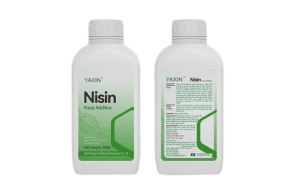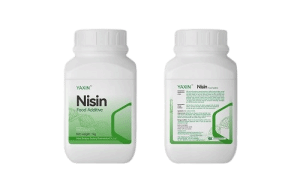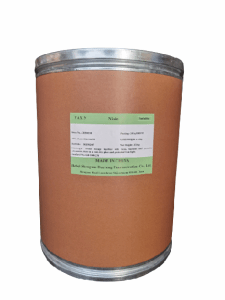
 CONTACT
CONTACT
- Linkman:Linda Yao
- Tel: +8618231198596
- Email:linda.yao@dcpharma.cn
- Linkman:CHARLES.WANG
- Department:Overseas
- Tel: 0086 0311-85537378 0086 0311-85539701
Natamycin in Drink
TIME:2025-02-24To ensure the even distribution of a natamycin-lactose formulation in beverages, measures can be taken in areas such as formulation pretreatment, beverage preparation process optimization, and equipment selection. The specific methods are as follows:
Ⅰ. Pretreatment of Natamycin-Lactose Formulation
1. Pulverization and Refinement:
Before use, the natamycin-lactose formulation can be further ground using milling equipment to make the particles finer and more uniform. Equipment such as a ball mill or jet mill can be used to achieve the desired particle size. Generally, the smaller the particle size, the easier it is to disperse evenly in the beverage. Ideally, most particles should reach a fineness of over 100 mesh or even finer.
2. Preparation of Solution or Suspension:
Dissolve or suspend the natamycin-lactose formulation in an appropriate solvent to create a stock solution. Solvents with good solubility for the formulation, such as propylene glycol, can be used to prepare a solution or suspension of a specific concentration. This makes it easier to disperse evenly when added to the beverage.
Ⅱ. Optimization of Beverage Preparation Process
1. Stirring Method:
Low-Speed Stirring:
When adding the natamycin-lactose formulation to the beverage, use low-speed stirring to avoid creating excessive shear forces that could cause the particles to aggregate. It is generally recommended to maintain a stirring speed of 50–150 RPM. The stirring duration should be adjusted based on the beverage volume and the performance of the mixing equipment, typically between 15–30 minutes, ensuring full contact and proper mixing of the formulation with the beverage.
Even Distribution During Addition:
Avoid adding the natamycin-lactose formulation all at once. Instead, sprinkle or drop it slowly and evenly into the beverage while maintaining continuous stirring. This allows the formulation to begin distributing evenly as it is added.
2. Temperature Control:
Adjust the temperature according to the nature of the beverage and the properties of the formulation. For heat-sensitive beverages, high temperatures may compromise product quality, so keep the temperature between 20–30°C. For beverages requiring enhanced solubility, the temperature can be raised to 40–50°C, but caution should be taken, as excessive heat may lead to natamycin degradation.
3. Order of Addition:
The order of adding ingredients should be carefully planned. Typically, the natamycin-lactose formulation should be added after other main ingredients are thoroughly mixed to prevent premature contact and potential aggregation or reaction. For example, water, sugar, and acidifiers should be mixed first before adding the natamycin-lactose formulation.
Ⅲ. Equipment Selection
1. Stirring Equipment:
Choosing appropriate mixing equipment is crucial for ensuring the even distribution of the natamycin-lactose formulation. Mixing tanks equipped with propeller stirrers or anchor stirrers are recommended, as they provide gentle yet thorough mixing, ensuring the formulation is evenly dispersed throughout the beverage.
2. Homogenizing Equipment:
For beverages that require a higher degree of uniformity, such as protein-based drinks, a homogenizer can be used after the initial mixing process. High-pressure homogenization can further reduce the particle size of the natamycin-lactose formulation and ensure even distribution. The homogenization pressure should generally be maintained between 15–30 MPa.
- Tel:+8618231198596
- Whatsapp:18231198596
- Chat With Skype







